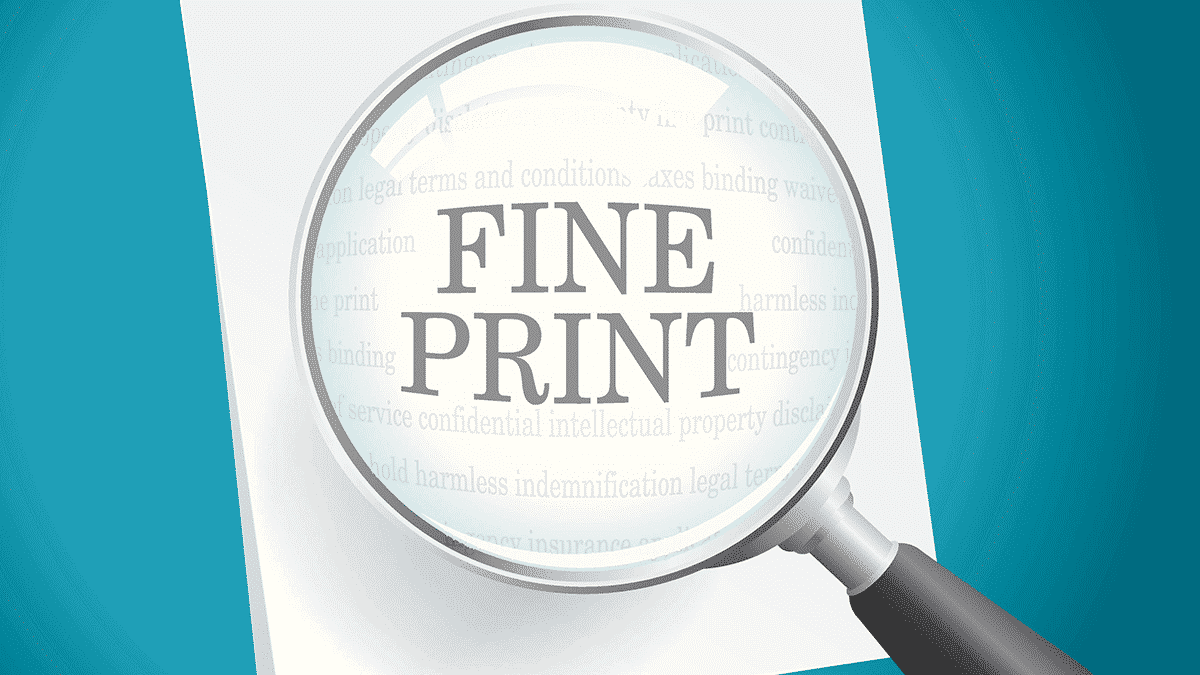In this guide
Super fund fees are unavoidable, but not all super accounts are created equal. Fees vary greatly by fund and investment type, but one thing they all have in common is they can be, according to the Productivity Commission (PC), “the biggest drain on net returns”.
The PC report concluded that “fees can have a substantial impact on members — for example, an increase in fees of just 0.5% can cost a typical full-time worker about 12% of their balance (or $100,000) by the time they reach retirement”.
Learn how super fund fees impact your net returns, and discover the super and pension funds with the lowest fees.
The Productivity Commission also claimed that fees “are also a much more predictable indicator of a fund’s investment performance … than gross returns”. This is a contentious view though as we explore in the SuperGuide article Super fund fees: Do lower fees mean better net returns?
Because of the considerable influence fees have on your final super balance, it’s useful to understand what the average super fund fees are. This way you can better understand where your fund sits within the super landscape and better evaluate its overall performance and value for money.
Comparing super fund fees is not easy
The Productivity Commission also found significant gaps and inconsistencies in how funds reported data on fees and costs. Which it believed “harms members by making fee comparability difficult at best, and thus renders cost-based competition largely elusive”.
Beyond fees many Australians also struggled to make investment comparisons due to there being too many super products to compare (around 40,000!).
Make your super work for you
- Discover best performing super and pension funds
- Experts detail tips and strategies to boost your retirement savings
- Interactive tools and calculators give you power to plan
- Step-by-step guides help you put plans into action
- Comprehensive super rules in plain language
- Newsletters and webinars keep you on top of the current rules















